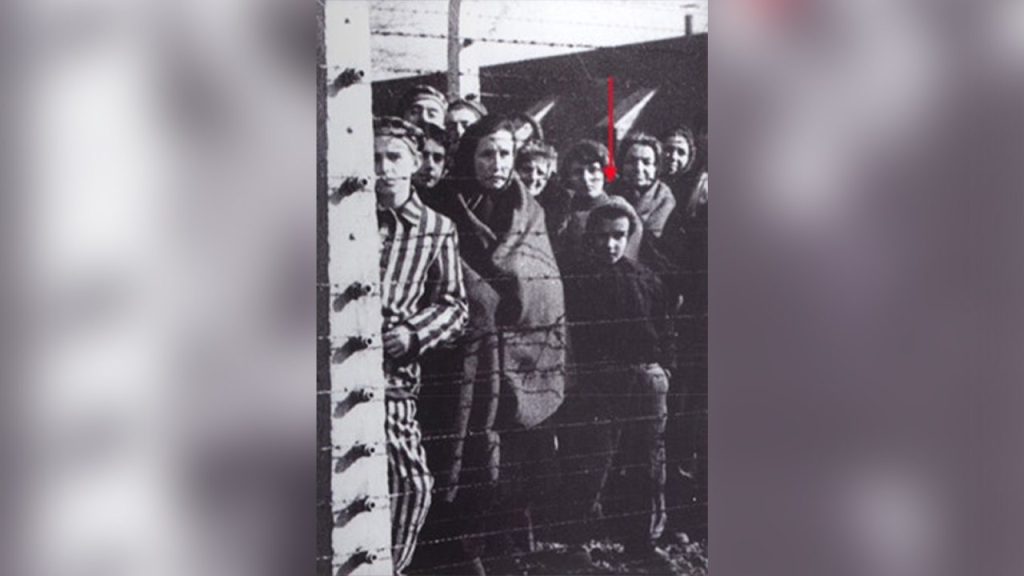Ryszard Horowitz’s life story is a testament to resilience, survival, and the enduring power of the human spirit. Born in Kraków, Poland, in 1939, just months before the outbreak of World War II, his early childhood was irrevocably marked by the Nazi invasion and the subsequent persecution of Jews. Horowitz’s family, along with countless others, was forced into the Kraków ghetto, a grim precursor to the horrors that awaited them. Within the ghetto’s confines, life was a constant struggle for survival, marked by fear, deprivation, and the ever-present threat of Nazi brutality. A glimmer of hope amidst the darkness came in the form of Oskar Schindler, a German industrialist who, through his complex relationship with Amon Göth, the brutal commander of the Plaszow concentration camp, was able to provide a lifeline for many Jewish prisoners. The Horowitz family found work in Schindler’s factory, a sanctuary from the worst of the camp’s atrocities.
The fragile stability offered by Schindler’s factory was shattered in 1944 when the Germans decided to dismantle Plaszow. Schindler, in a desperate attempt to save those under his protection, arranged for the transfer of his workers to a factory in Brünnlitz, Czechoslovakia. While the men, including Ryszard’s father, successfully made the journey, the women, including Ryszard’s mother, sister, and grandmother, were tragically diverted to Auschwitz. This separation marked a harrowing turning point in young Ryszard’s life. He, too young to work in the factory, was initially denied a place on Schindler’s list, but managed to join the transport with his father. While Schindler raced against time to rescue the women from Auschwitz, Ryszard and his father found themselves in the clutches of the notorious death camp.
Auschwitz became a new crucible of suffering for Ryszard, separated from his mother and facing the constant threat of extermination. His survival, against all odds, was aided by a compassionate warehouse worker who provided him with food and shelter when possible. As the Red Army approached, the Germans prepared to execute the remaining children, but a last-minute intervention by two German officers spared their lives. Liberated by Soviet troops, Ryszard was taken to an orphanage in Kraków, where he was eventually reunited with his parents. This reunion, facilitated by a documentary film of the liberation in which Regina Horowitz spotted her son, underscores the remarkable confluence of fate and resilience that characterized their survival.
The post-war years brought new challenges for the Horowitz family. Returning to a devastated Poland under communist rule, they, like many others, dreamt of escaping. Dawid Horowitz, Ryszard’s father, established a business, providing a semblance of stability, while Ryszard found solace and expression in the vibrant arts scene of Kraków, particularly the jazz scene. This passion for jazz would later play a significant role in his journey to America. In 1958, Ryszard Horowitz, armed with a scholarship to the Pratt Institute in Brooklyn and a few dollars hidden in his shoe, embarked on a new chapter in his life. Leaving behind the memories and scars of war-torn Poland, he set foot on American soil, ready to embrace the opportunities that awaited him.
Life as an immigrant in New York City presented its own set of challenges, but Horowitz’s artistic talent quickly shone through. At Pratt, he not only excelled in photography but also established the institute’s first photography lab and designed their 75th-anniversary yearbook, earning him recognition from the New York Art Directors Club. This early success propelled him into the world of commercial photography, where his unique vision and innovative techniques set him apart. He became a pioneer of special effects photography, creating images that seemed to defy reality, long before the advent of digital manipulation. His ability to manipulate light and perspective, combined with his artistic sensibility, transformed commercial photography into an art form.
Horowitz’s career flourished, earning him prestigious awards and recognition for his iconic work in advertising. His artistic journey took him beyond the commercial realm, allowing him to explore his creative vision through photo compositions that merged disparate images into seamless, dreamlike realities. He became known as a “photocomposer,” an artist who crafted visual narratives that transcended the limitations of traditional photography. His success extended to his personal life as well, finding love and building a family with his wife, Anna. From the horrors of Auschwitz to the vibrant streets of New York, Ryszard Horowitz’s life is a testament to the indomitable human spirit, a story of survival, artistic brilliance, and the pursuit of dreams in the face of adversity.










